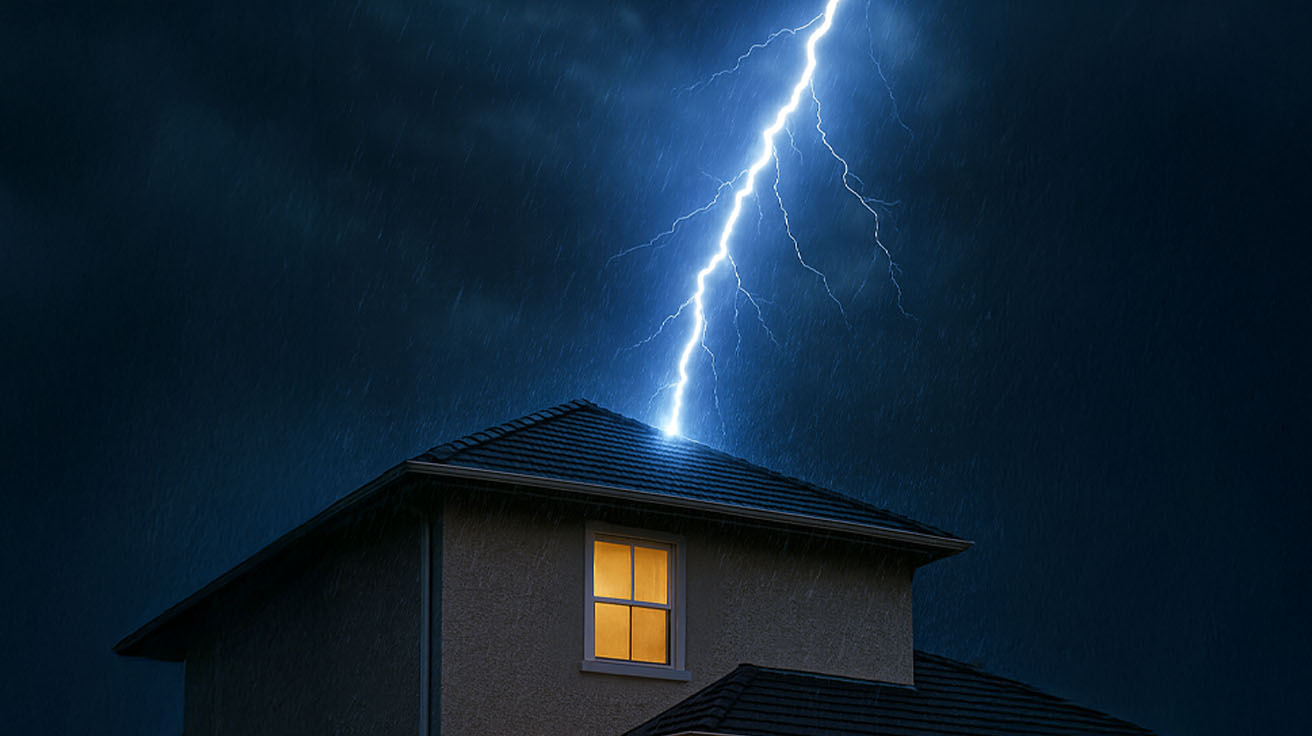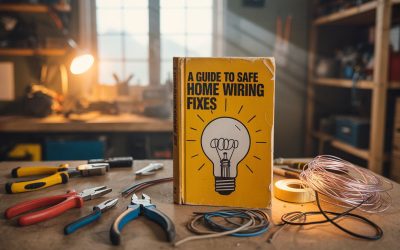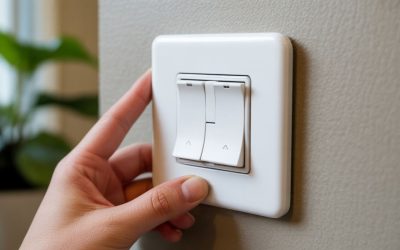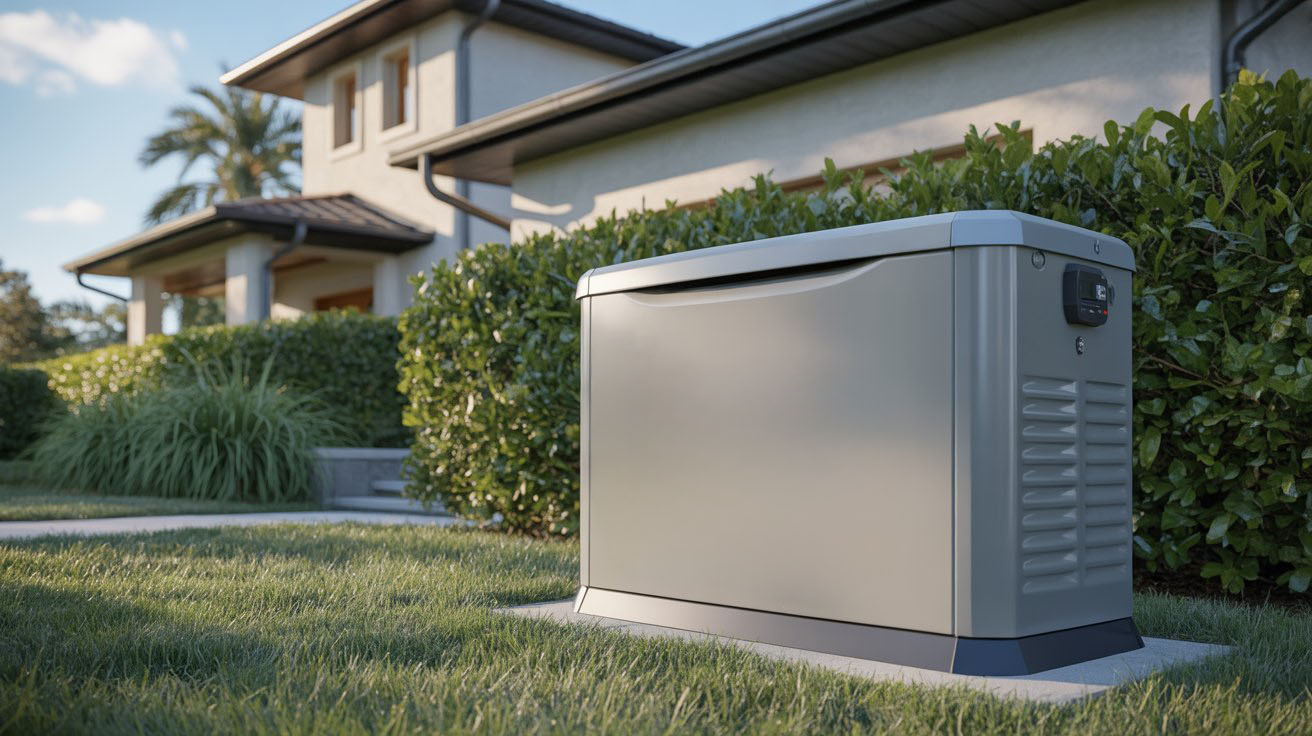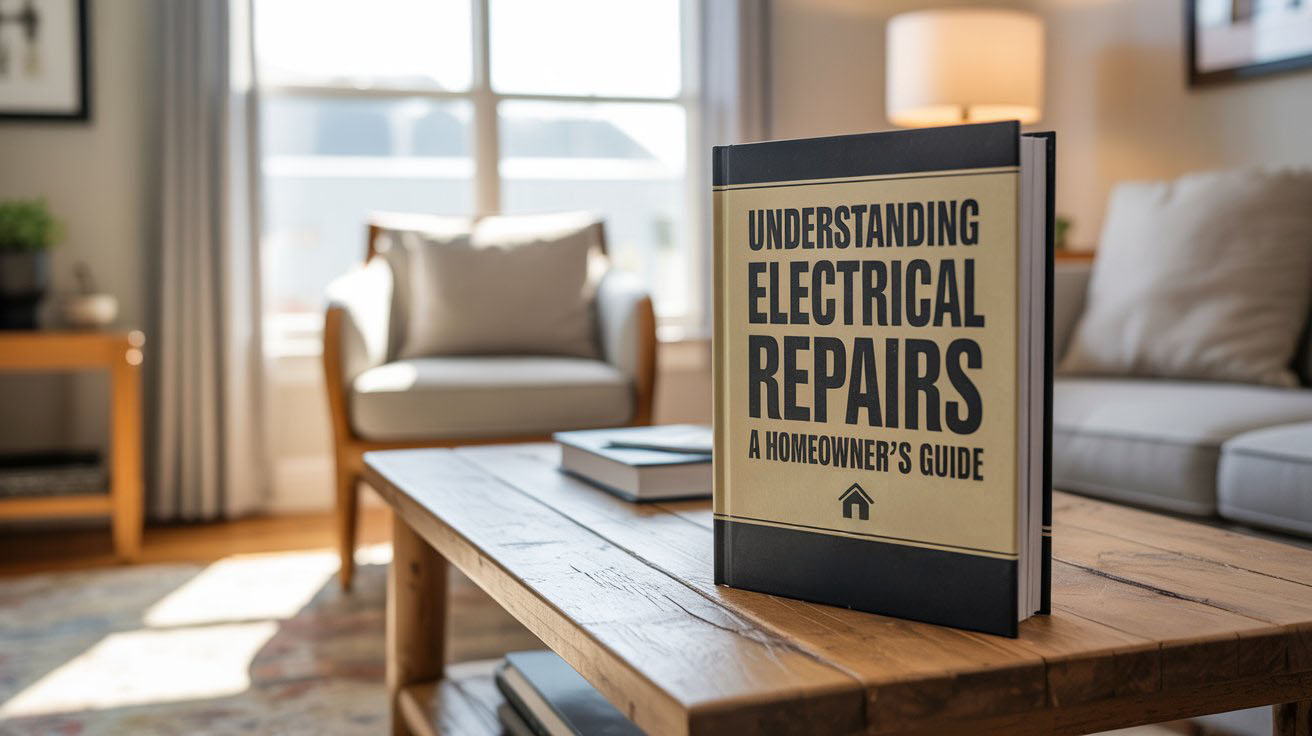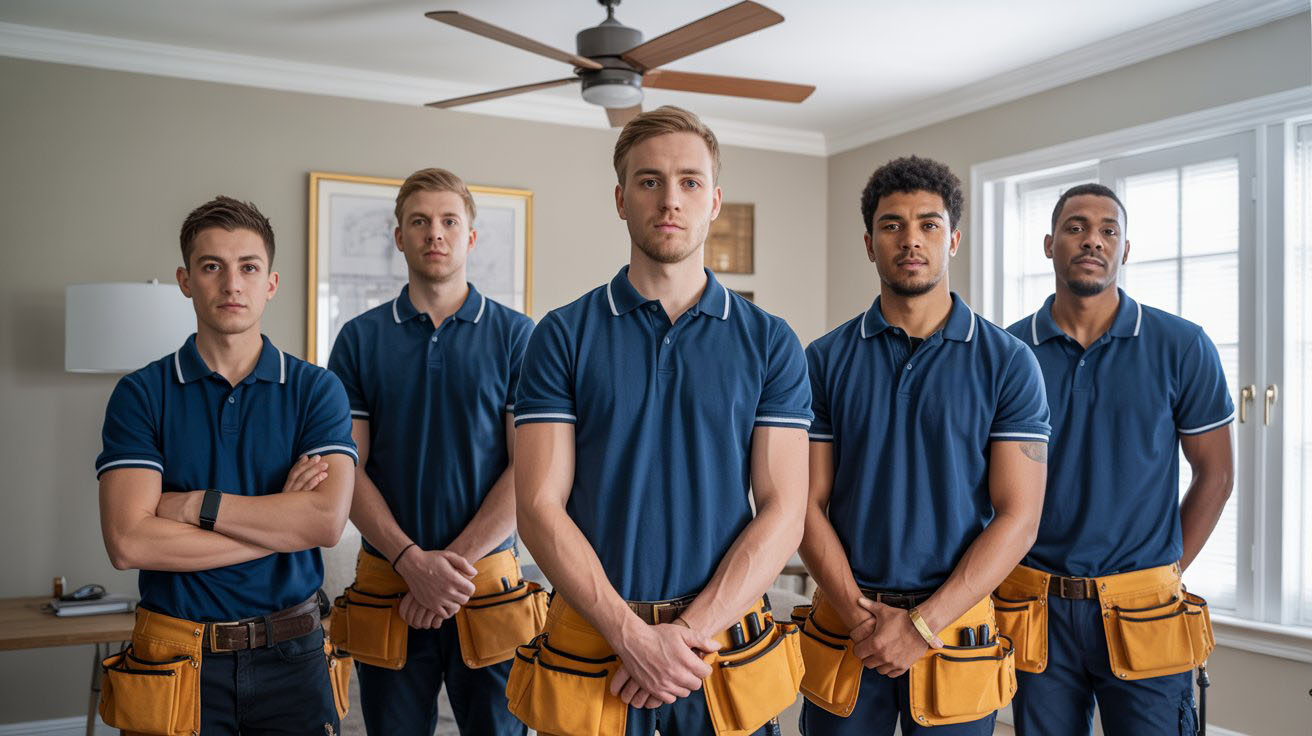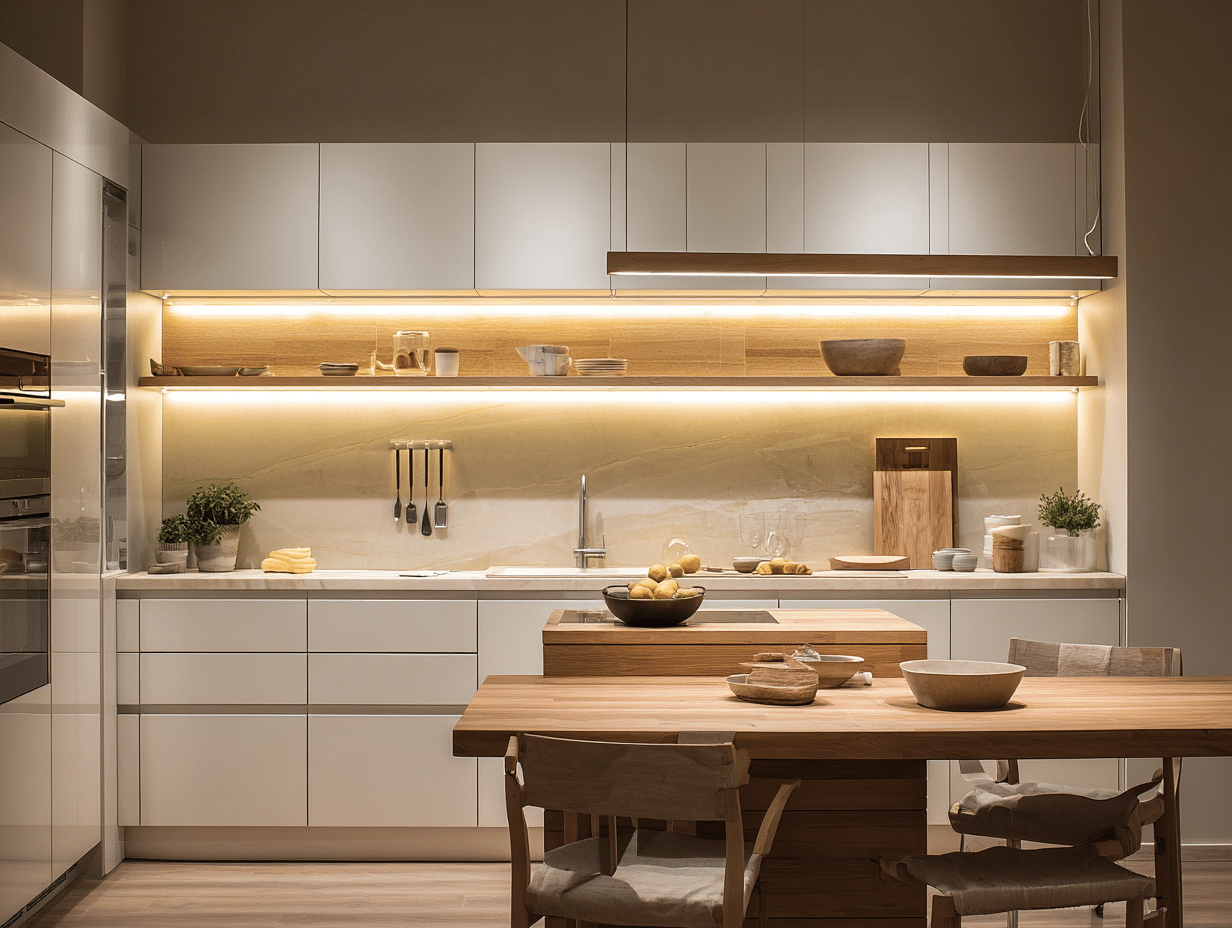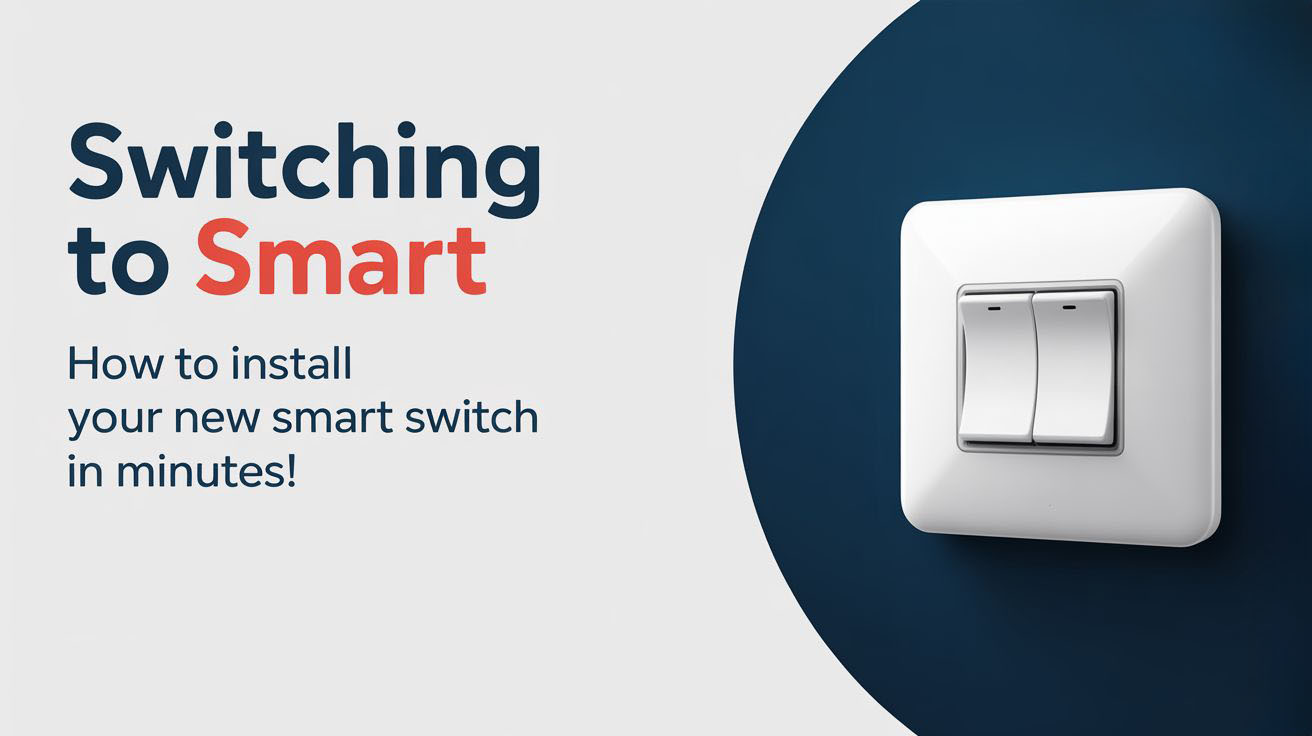Power surges are common in Tampa, especially with summer storms and lightning. Whole-home surge protection helps keep your TVs, appliances, and smart devices safe. If you live in Tampa, St. Petersburg, Clearwater, Brandon, or nearby neighborhoods, a surge protector at your main panel is a smart, simple way to protect your home.
Table of Contents
- Why Surge Protection Matters in Tampa
- How Whole-Home Surge Protection Works
- Types of Surge Protectors for Homes
- Cost, Factors, and Permits in Tampa
- Our Installation Process for Tampa Homes
- Local Weather and Utility Notes
- Care, Testing, and When to Upgrade
- Surge Protection Essentials for Tampa Homes
- Surge Protection FAQ for Tampa Homeowners
- Schedule Your Electrical Service Today
Why Surge Protection Matters in Tampa
Tampa sees many lightning events and quick on-and-off power during storms. These small spikes and big surges can harm your fridge, AC, computers, and smart home gear. Even a short surge can shorten the life of your electronics.
With a whole-home surge protector, extra voltage goes safely to ground instead of into your devices. This is helpful in South Tampa, Carrollwood, Wesley Chapel, and Riverview, where summer storms roll in fast and power flickers happen.
How Whole-Home Surge Protection Works
A surge protector at your main panel watches for sudden voltage spikes. When a spike hits, it diverts the extra energy away from your home’s circuits. It acts like a safety valve. Your lights stay on, and your devices avoid the hit.
Many units have a simple status light. If the light shows “protected,” it’s working. If it goes off, the unit likely took a big hit and needs replacement. Good units are tested to UL safety standards, so you know they meet strong safety rules.
Types of Surge Protectors for Homes
There are a few common choices for Tampa homes. The right one depends on your panel, home size, and risk level.
- Type 1 (Service Entrance): Installed before or at the main service. Helps block large outside surges, including lightning-related spikes.
- Type 2 (Load Center): Installed at the main panel. Protects the circuits inside your home where most devices are connected.
- Point-of-Use (Plug-in): Power strips for TVs, gaming systems, and computers. These are backups, not a full solution.
Many Tampa homes use a Type 2 device at the main panel. Some also add a Type 1 for extra protection. You can also keep a few quality plug-in strips for extra sensitive gear like office equipment. The best plan is a layered approach with a whole-home unit as the base.
Cost, Factors, and Permits in Tampa
The cost of surge protection varies by home and panel setup. Many jobs fall within a simple service call plus the device. Homes with older panels or limited space may need extra work.
- Home size and circuits: Bigger homes with more circuits may need higher-capacity units.
- Panel condition: Rust, age, or lack of space can add time and cost.
- Device rating: Higher joule ratings and better clamping voltage usually cost more but protect more.
- Lightning risk: Waterfront or open-lot homes may benefit from stronger or layered protection.
In the City of Tampa and Hillsborough County, electrical work may require a permit and inspection, based on the scope. A licensed electrician should handle the install so it follows the National Electrical Code. If your main panel is outdated, you might consider an electrical panel upgrade to improve safety and make space for surge equipment.
Our Installation Process for Tampa Homes
We keep the process simple and clear. Here is how it usually goes for homes in Tampa, Clearwater, and Brandon.
- Site check: We look at your main panel, service size, and any past power issues.
- Device choice: We match a UL-listed surge protector to your home’s needs.
- Safe install: We turn off power, mount the unit, and wire it to the panel per code.
- Testing: We verify the status light and confirm proper grounding and connections.
- Walk-through: We show you where the unit is, what the lights mean, and how to spot issues.
If we see wiring problems during the visit, we may suggest a quick fix or schedule follow-up. For homes with recurring breaker trips, we may also recommend a check of your electrical safety inspections to catch hidden risks.
Local Weather and Utility Notes
Tampa Electric (TECO) serves much of Tampa. During storms or maintenance, brief surges can occur. Storm season runs June through November, and summer afternoons bring quick lightning and wind. Homes in South Tampa, Ybor City, and Seminole Heights know how fast a storm can move in off the bay.
Whole-home surge protection reduces damage from these common events. In nearby areas like St. Petersburg, Largo, and Pinellas Park, layered protection is helpful due to frequent coastal storms. A good grounding system and tight connections also make a big difference in how well your surge device works.
Care, Testing, and When to Upgrade
Surge protectors do their job quietly in the background. Still, you should check them during your seasonal home checkups. A quick look can save you from a surprise loss later.
- Watch the indicator: If the light shows “protected,” you are good. If it turns off or red, call for service.
- Plan a yearly check: A yearly panel check helps catch loose wires and worn parts.
- Replace after major events: A big hit can wear out the unit, even if the home seems fine.
It also helps to use quality plug-in strips for your most sensitive gear. The Electrical Safety Foundation International offers helpful tips on using surge protection in living spaces. If you are adding large loads, like a remodel or a new pool pump, consider a quick panel review to confirm your protector still fits your needs.
If you are ready for stronger protection at the panel, ask about surge protector installation options that fit your home and budget.
Surge Protection Essentials for Tampa Homes
Here are simple points to guide your choices and keep your home safe during Tampa’s stormy months.
Main Points to Know
- Whole-home surge protectors defend all circuits at once and work well with quality plug-in strips.
- Lightning and grid switching make Tampa homes more prone to surges, so layered protection is wise.
- Choose UL-listed devices and match the rating to your home size and equipment.
- Keep an eye on the status light and plan yearly checks, especially before storm season.
- Ask about panel capacity if your home is older or if you are adding new high-load devices.
Surge Protection FAQ for Tampa Homeowners
These quick answers cover the most common questions we hear from homeowners in Tampa, New Tampa, and Tampa Palms.
Frequently Asked Questions
Do I still need power strip protectors if I have a whole-home unit?
Yes. The whole-home unit handles big surges. Plug-in strips add extra help for TVs, computers, and gaming systems.
Will a surge protector stop lightning damage?
No device can promise that. But a quality, UL-listed unit can greatly reduce damage from many surge events tied to storms.
How long does installation take?
Most installs take about one to two hours. If your panel needs extra work, it may take longer.
How will I know it’s working?
The device has a status light. If it shows “protected,” it is working. We also test it at install and show you what to look for.
When should I replace my surge protector?
Replace it if the status light turns off or after a major surge event. Many units last years, but storm activity can shorten life.
Schedule Your Electrical Service Today
Protect your home before the next storm. Our team installs surge protection for homes across Tampa, Clearwater, St. Petersburg, Brandon, and beyond. If you are ready to get started or have questions about your panel, contact us today. Use our easy form to contact us and set your appointment.

